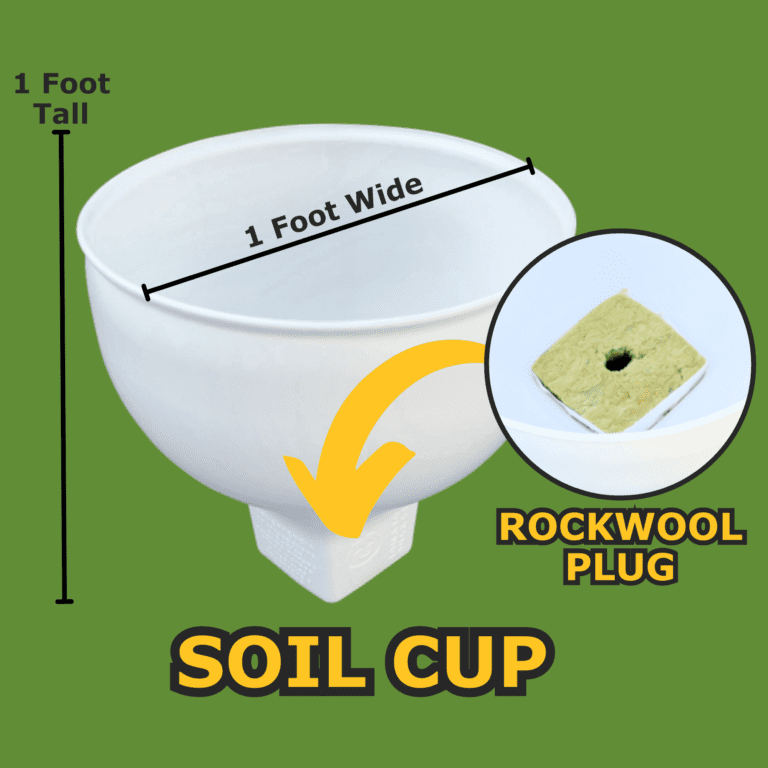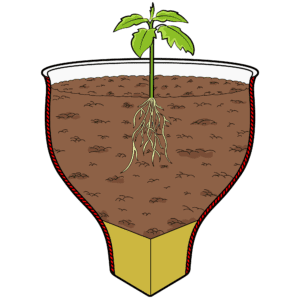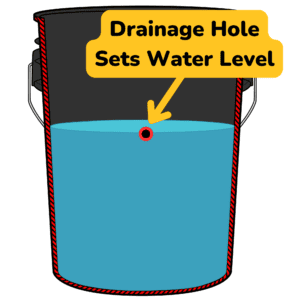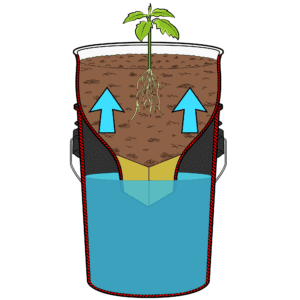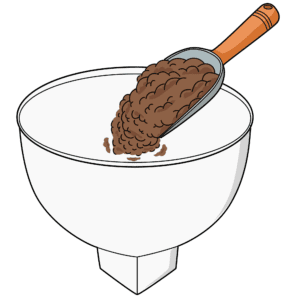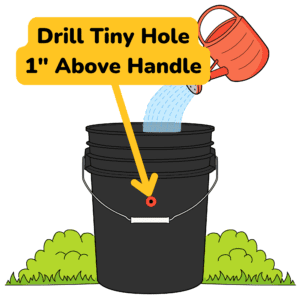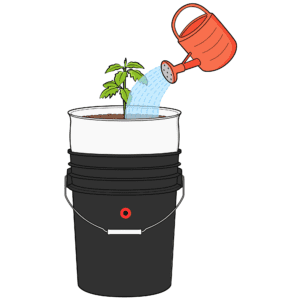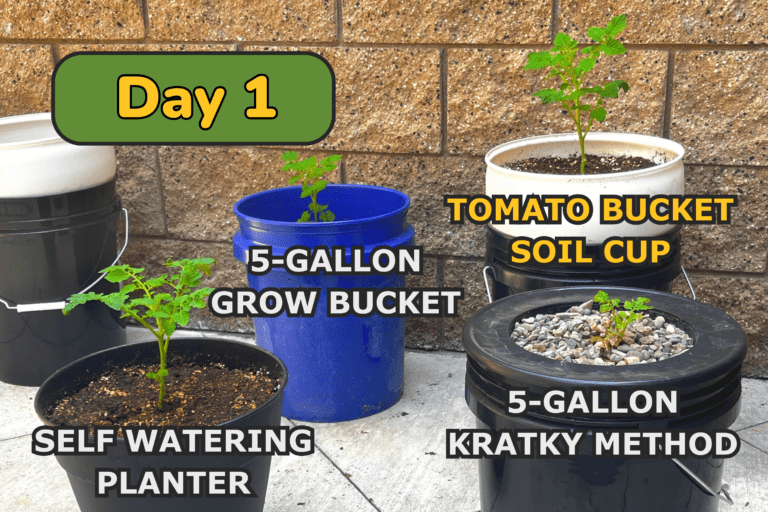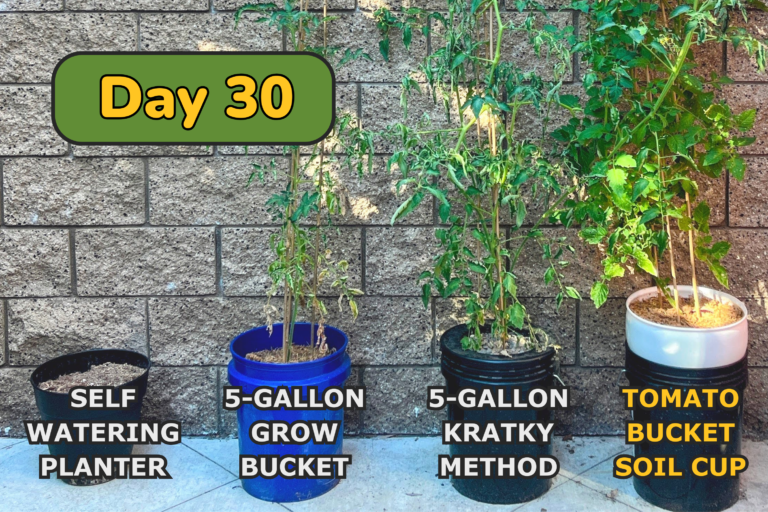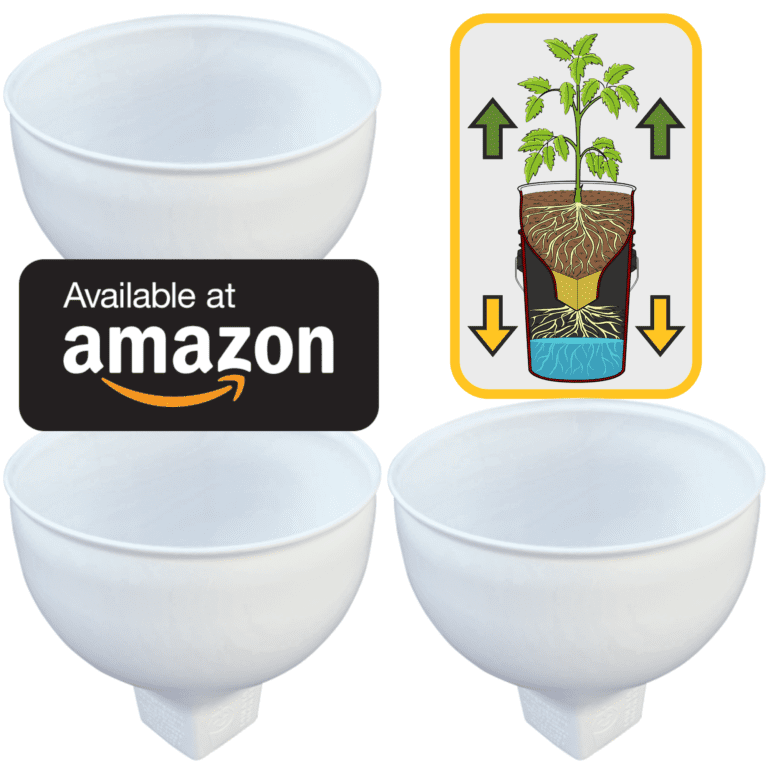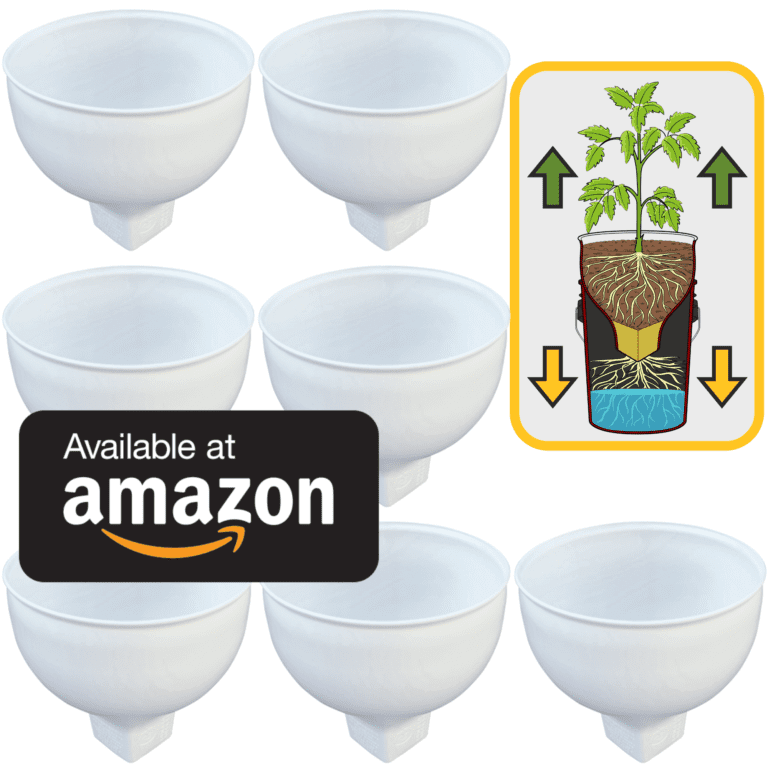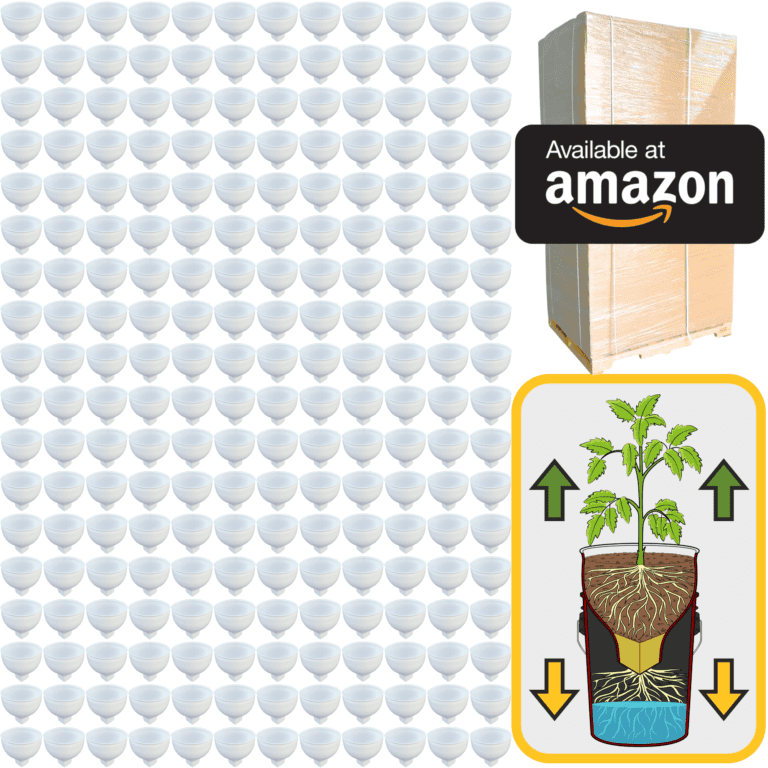Watering is one of the simplest tasks in gardening, yet it’s also one of the most misunderstood. Many beginners think that watering is just a matter of turning on the hose or sprinkling water over the plants, but there’s a bit more to it than that. Learning when and how much to water can be the difference between a thriving garden and one that struggles. And once you get the hang of it, you’ll see how much of a difference proper watering can make for the health and beauty of your plants.
Plants need water, just like we do, but not all plants need the same amount of it. Some plants, like cacti or succulents, are adapted to survive in dry conditions and can go long stretches without water. Others, like leafy vegetables or annual flowers, need more regular watering to stay productive and healthy. The trick is to understand the needs of the plants you’re growing and tailor your watering routine to fit those needs. This might sound complicated, but with a little practice, it becomes second nature.
Watering is all about the roots. It’s easy to focus on wetting the leaves or spraying the surface of the soil, but what you’re really aiming for is getting water down to the roots, where the plant actually takes it in. Shallow watering encourages the roots to stay near the surface, which can make plants more vulnerable to drought and stress. What you want to do is water deeply, encouraging the roots to grow down and anchor the plant. Deep-rooted plants are stronger, more resilient, and better able to handle dry spells.
One way to tell if you’re watering enough is to check the soil. Stick your finger into the soil about an inch or two deep. If it’s dry at that depth, it’s time to water. If it’s still moist, you can wait a little longer. Watering deeply but less often is usually better than watering a little bit every day. This approach helps the roots grow deeper and stronger, rather than staying close to the surface where they can dry out more quickly.
The best time to water your garden is in the early morning. When you water in the morning, the cooler temperatures allow the water to soak into the soil before the heat of the day causes it to evaporate. This gives the plants a full day to absorb the water they need. Watering in the evening can also work, but it has a downside: water that sits on leaves overnight can encourage mold and mildew, which is something you definitely want to avoid. If you must water in the evening, try to do it early enough that the leaves have a chance to dry before nightfall.
One of the most common mistakes beginners make is overwatering. It’s easy to think that more water will automatically lead to healthier plants, but that’s not always the case. Too much water can suffocate the roots by filling up all the air spaces in the soil. Roots need oxygen to function properly, and if the soil is constantly soggy, the plant’s roots can begin to rot. If you notice your plants looking wilted even though the soil is wet, or if their leaves are turning yellow and soft, you may be dealing with overwatering.
Different types of soil hold water differently, which is another factor to consider when figuring out your watering routine. Sandy soil drains very quickly, which means water passes through it almost as fast as you apply it. If you have sandy soil, you’ll likely need to water more often but still deeply. Clay soil, on the other hand, holds water for much longer, sometimes too long. Water tends to sit on the surface and can cause the soil to become compacted and heavy, which makes it harder for roots to grow. If you have clay soil, it’s important to check that the water is actually penetrating the soil rather than just sitting on top. In either case, adding organic matter like compost can help improve your soil’s ability to manage water more effectively.
One of the best things you can do to conserve water and improve your plants’ health is to use mulch. Mulching involves spreading a layer of organic material, like straw, leaves, or compost, over the soil. Mulch helps in several ways. First, it keeps the soil cool and reduces evaporation, so the water you apply lasts longer. Second, it prevents weeds from sprouting, which means less competition for water among your plants. And finally, as mulch breaks down, it adds nutrients to the soil, improving its overall health.
Plants also give you clues about their water needs. A thirsty plant will often show signs of stress, such as drooping leaves, especially during the hottest part of the day. But not all wilting means the plant is dehydrated. Sometimes plants wilt in the afternoon simply because they’re protecting themselves from the heat. If they perk up again in the evening or the next morning, they’re probably fine. However, if they stay wilted through cooler parts of the day, that’s when you know they need water.
On the flip side, overwatered plants can look deceptively similar to underwatered ones. A plant that is receiving too much water might also droop or develop yellowing leaves. This is because too much water can drown the roots, making it hard for them to take up oxygen and nutrients. So, if you’re unsure whether your plant is thirsty or has had too much to drink, check the soil before you water. If the soil is still moist a few inches below the surface, hold off on watering for a day or two.
Another helpful tip is to group plants with similar water needs together. That way, you can water efficiently without worrying that one plant is getting too much while another isn’t getting enough. For example, grouping drought-tolerant plants like lavender and rosemary in one section and water-loving plants like lettuce and basil in another makes it easier to manage their different needs. It also prevents you from accidentally overwatering or underwatering parts of your garden.
Watering tools can also make a big difference in how efficiently you deliver water to your plants. A simple watering can is great for small areas, but for larger gardens, consider using a soaker hose or drip irrigation system. These tools help deliver water directly to the base of the plant, which is where it’s needed most. They also reduce water waste by minimizing evaporation, and you can even set them up on a timer to ensure your plants get watered consistently, even when you’re busy or away.
In the end, watering is about understanding the needs of your plants and the environment you’re growing them in. Every plant is different, every soil type is different, and even the weather plays a role in how much water your garden will need. But with time and attention, you’ll develop a feel for it. You’ll learn to recognize when your plants are thirsty, and you’ll know when to hold back if you’ve been giving them a bit too much. Like everything in gardening, it’s a balance, and once you find that sweet spot, your plants will reward you with lush growth and abundant blooms.
So, as you continue on your gardening journey, remember that watering isn’t just about keeping your plants alive—it’s about giving them the best possible conditions to thrive. When you water wisely, you’re not only helping your plants grow, but you’re also conserving water, building healthier soil, and creating a garden that can withstand the challenges of changing weather and growing seasons. With just a little care and attention, you can make sure your plants get exactly what they need to flourish.

